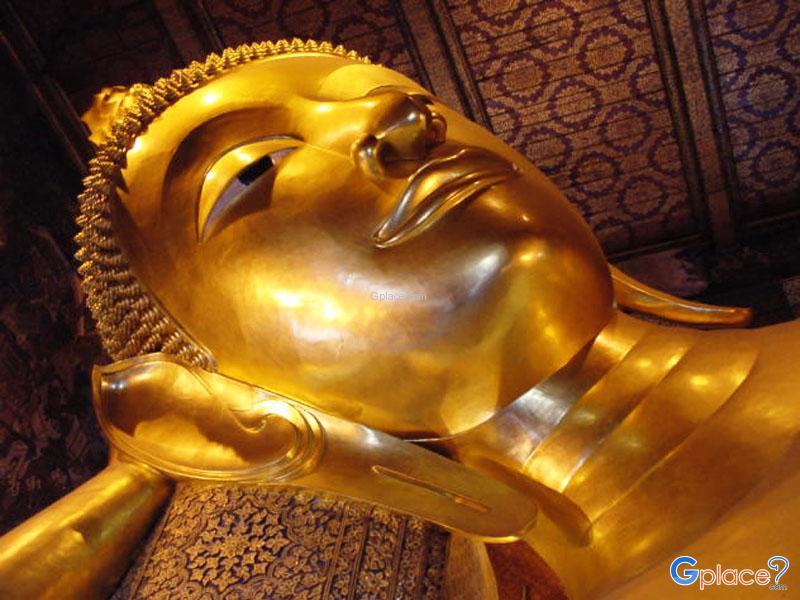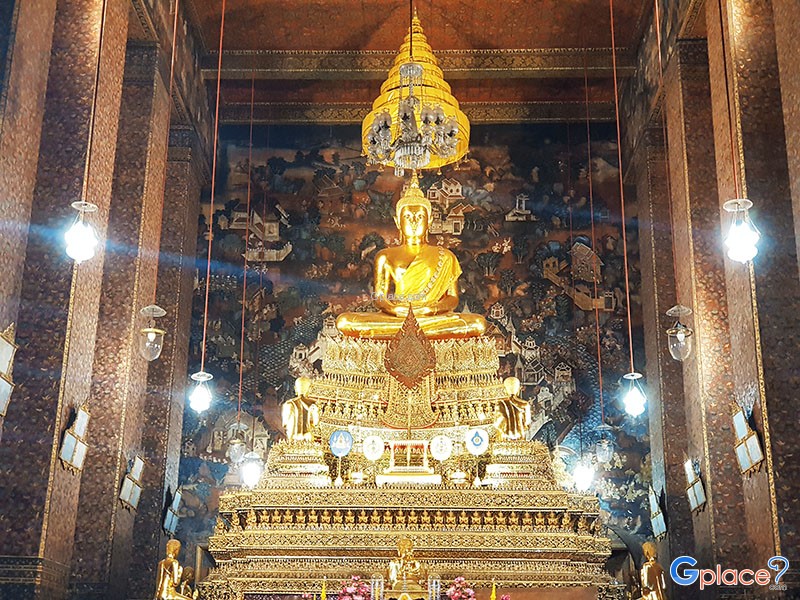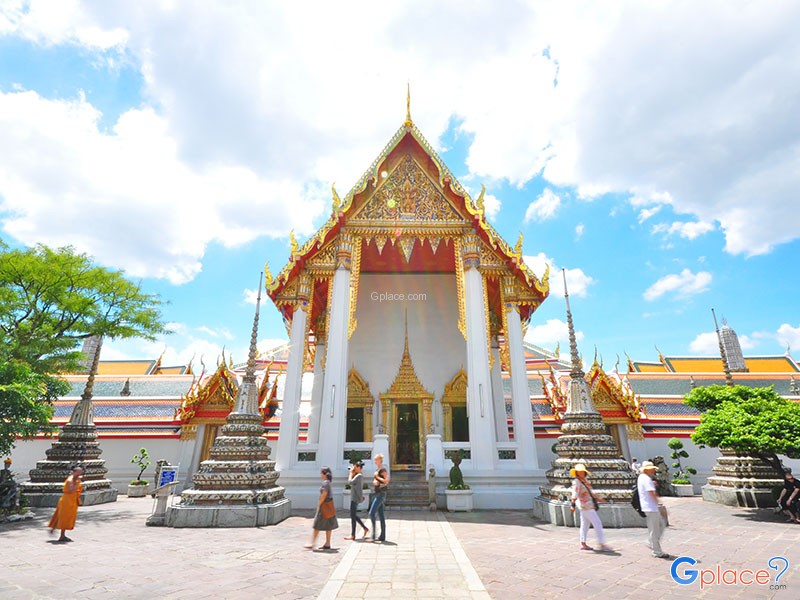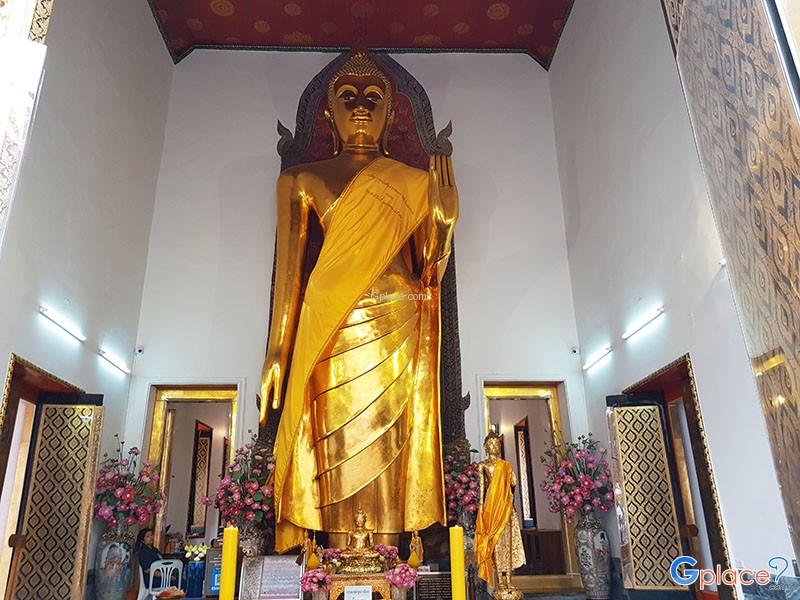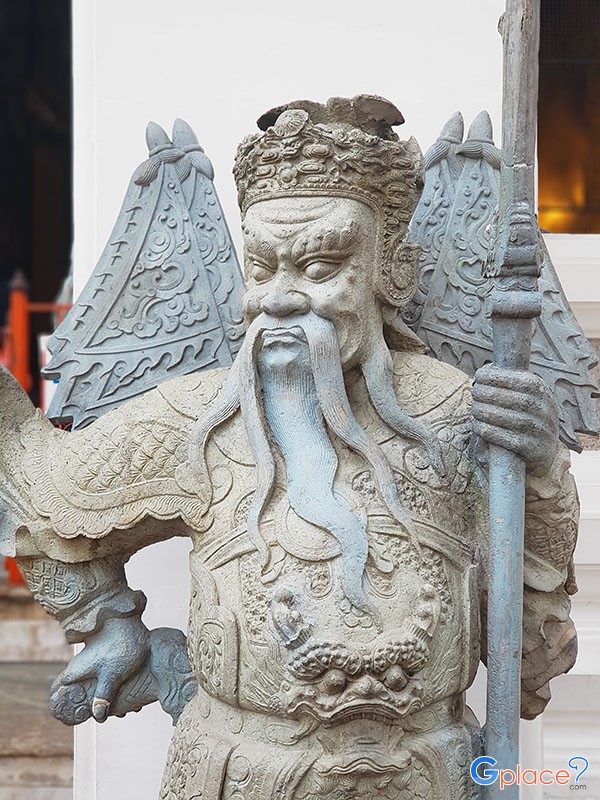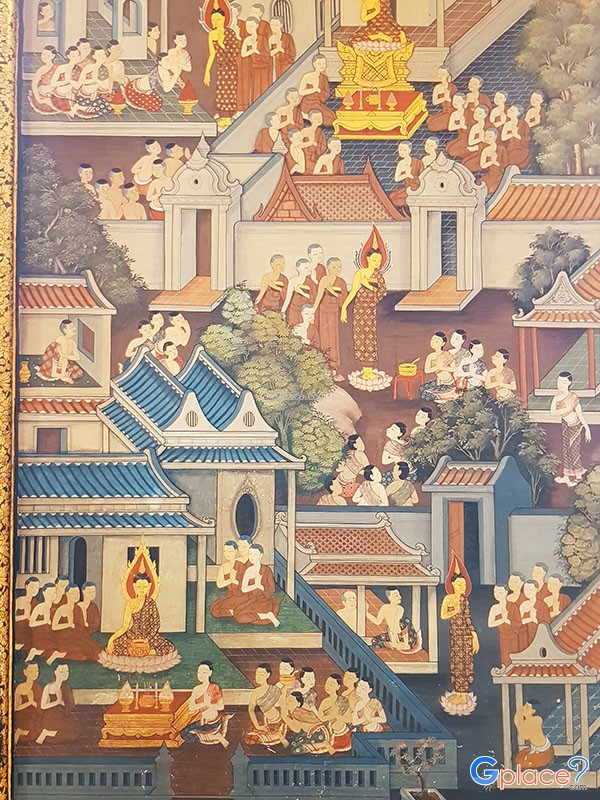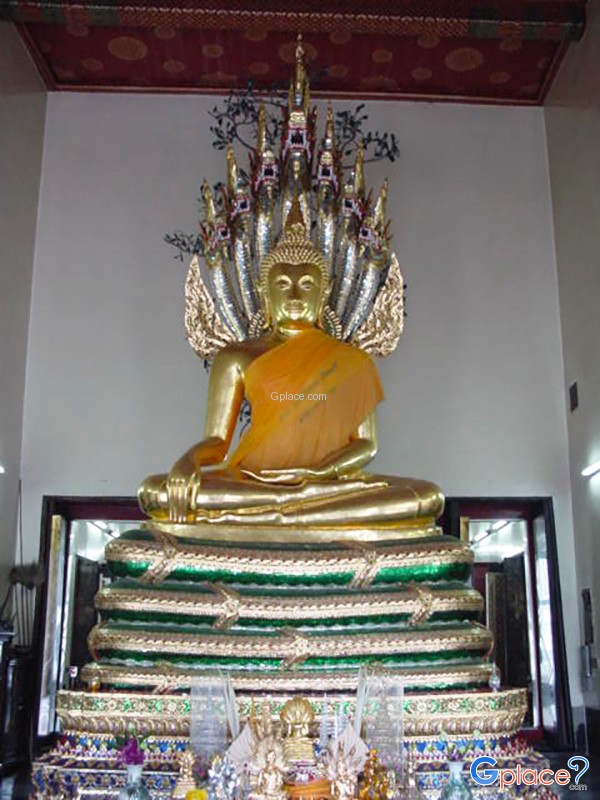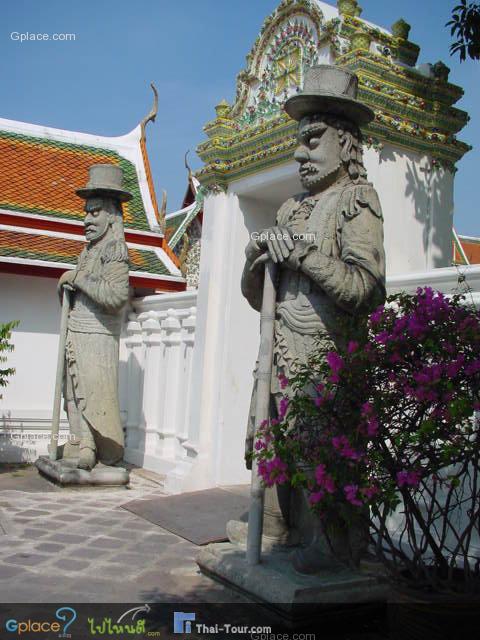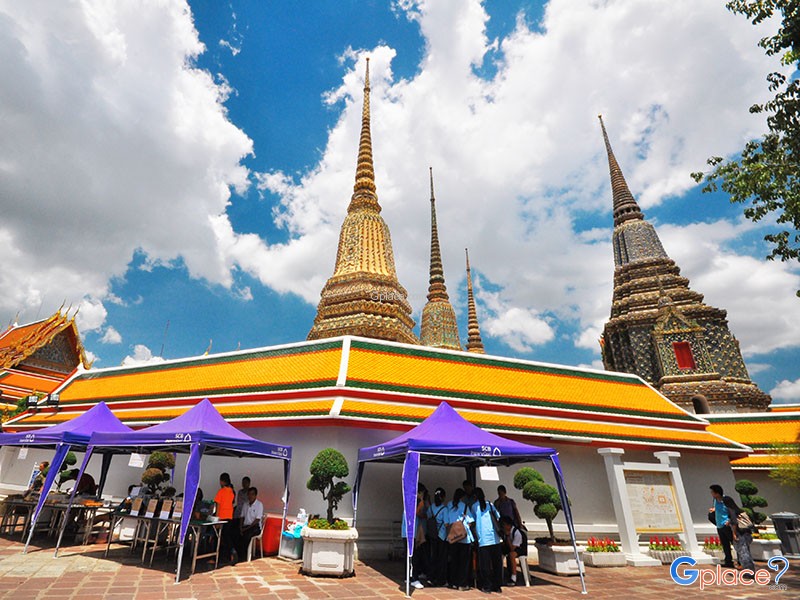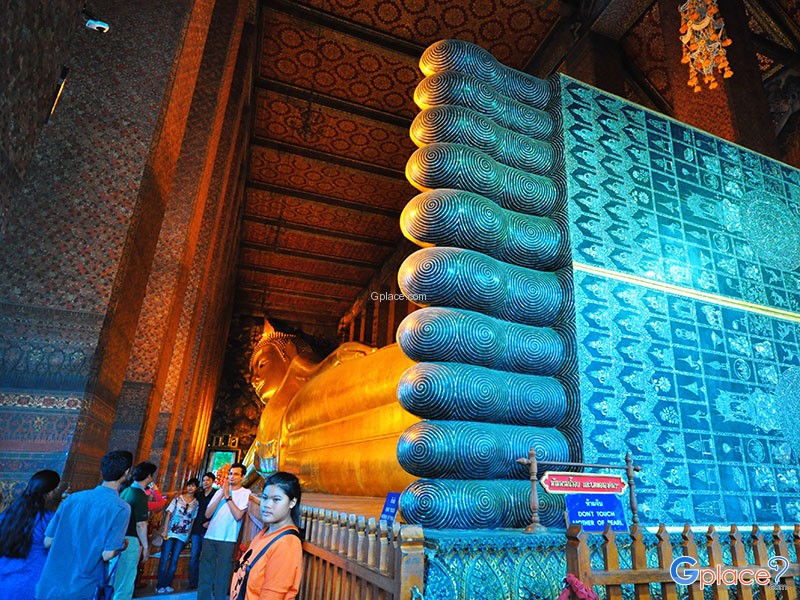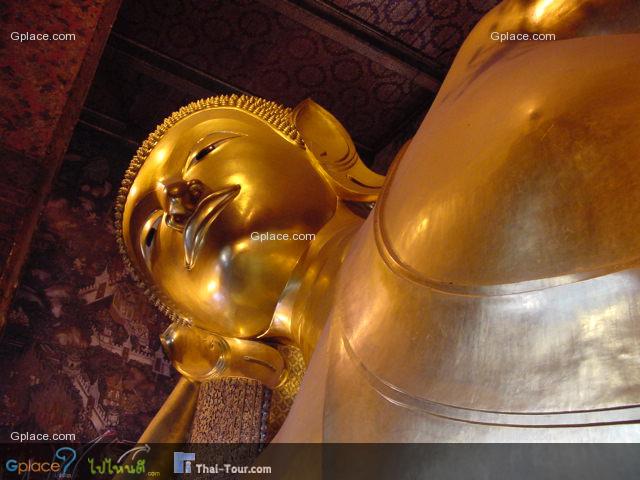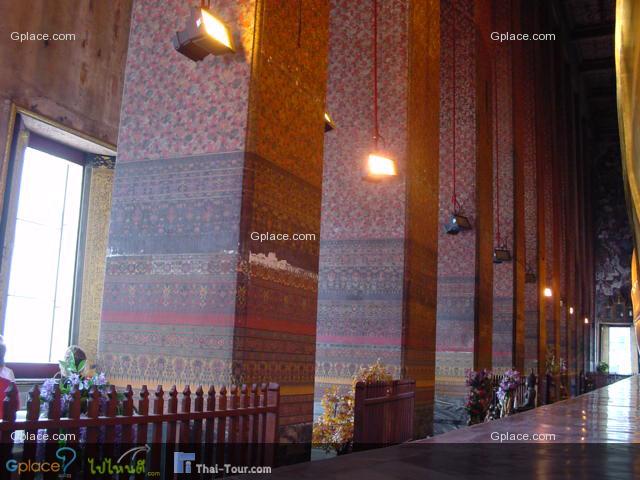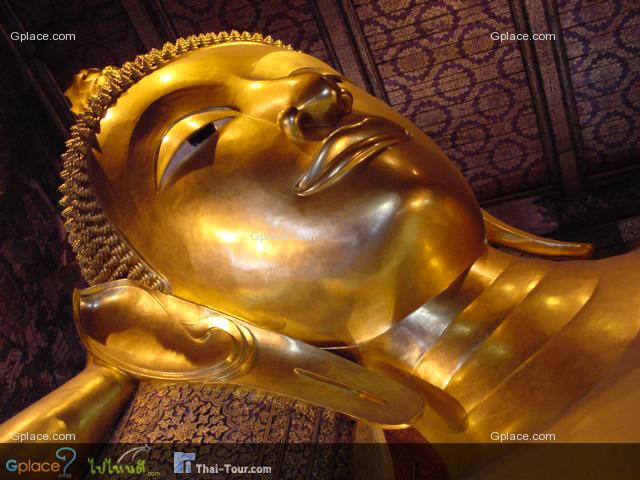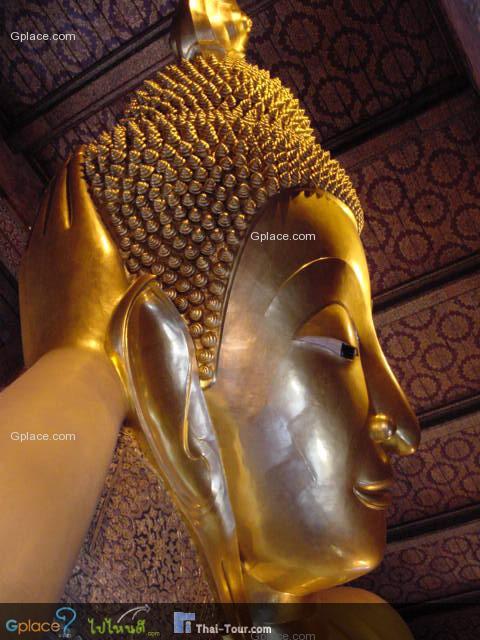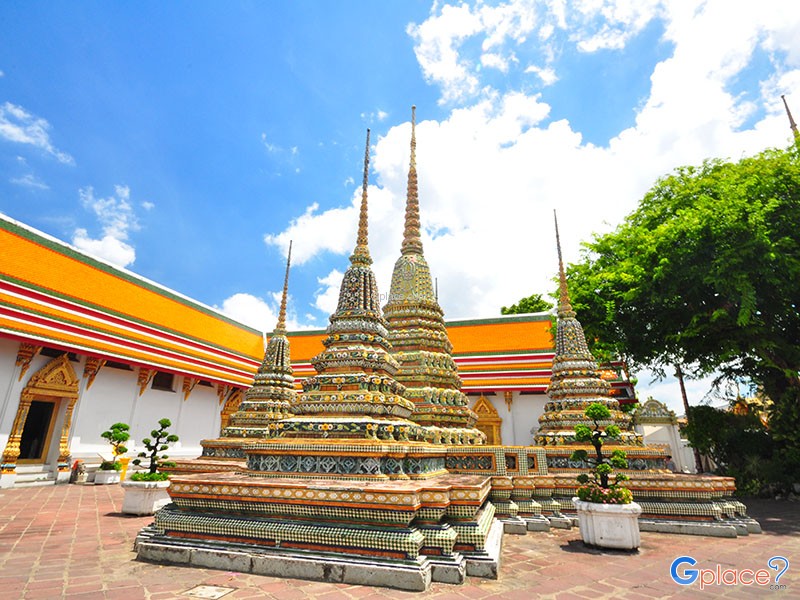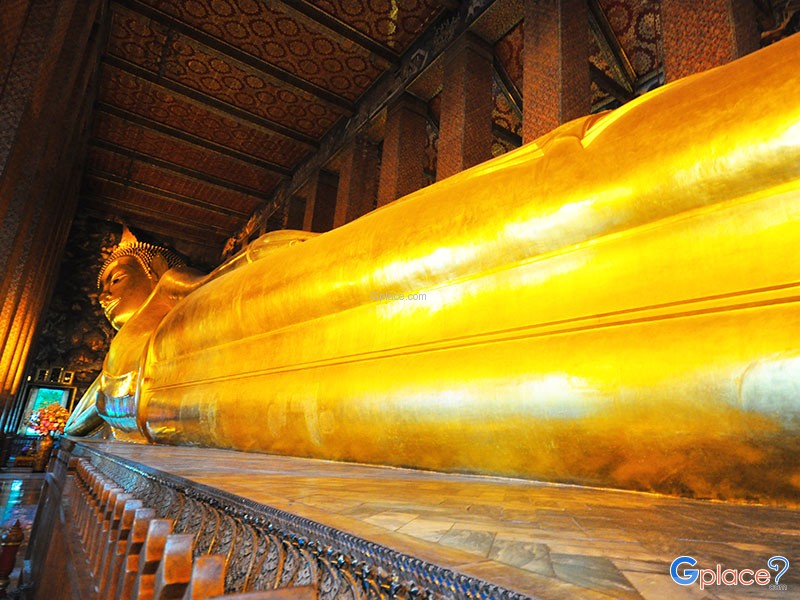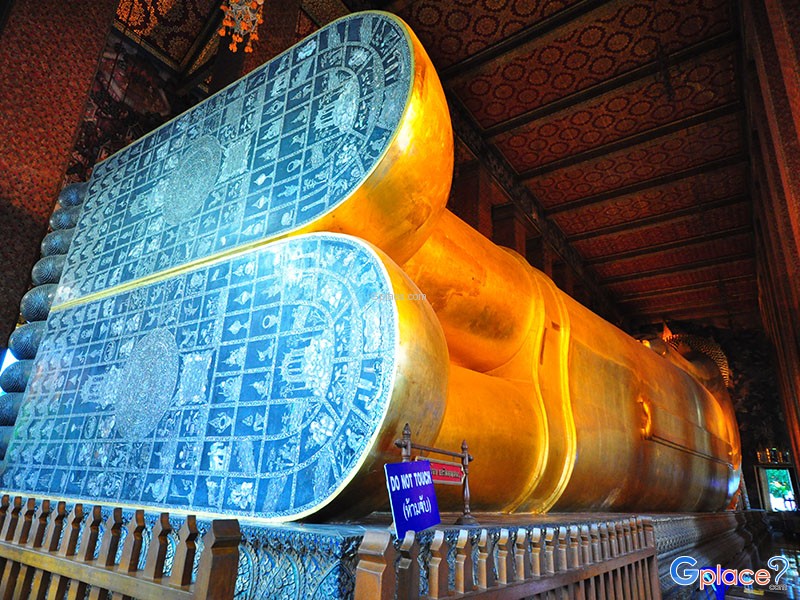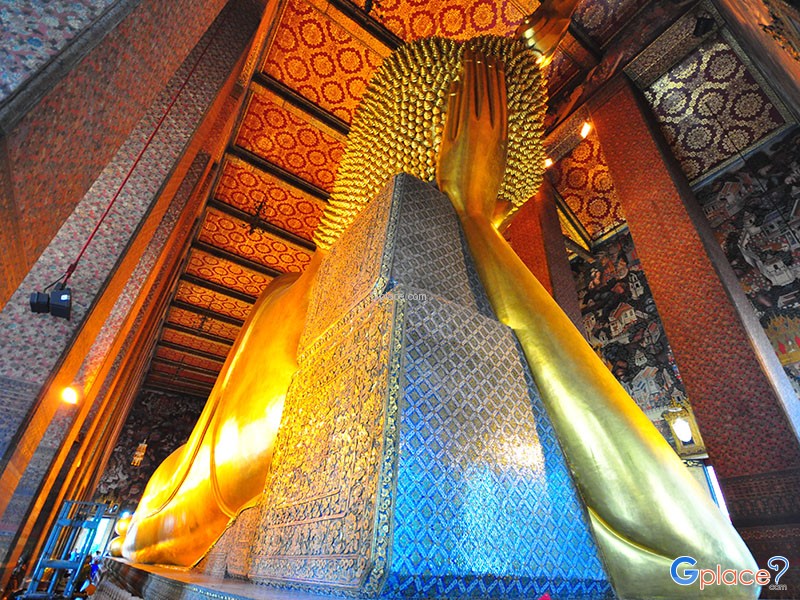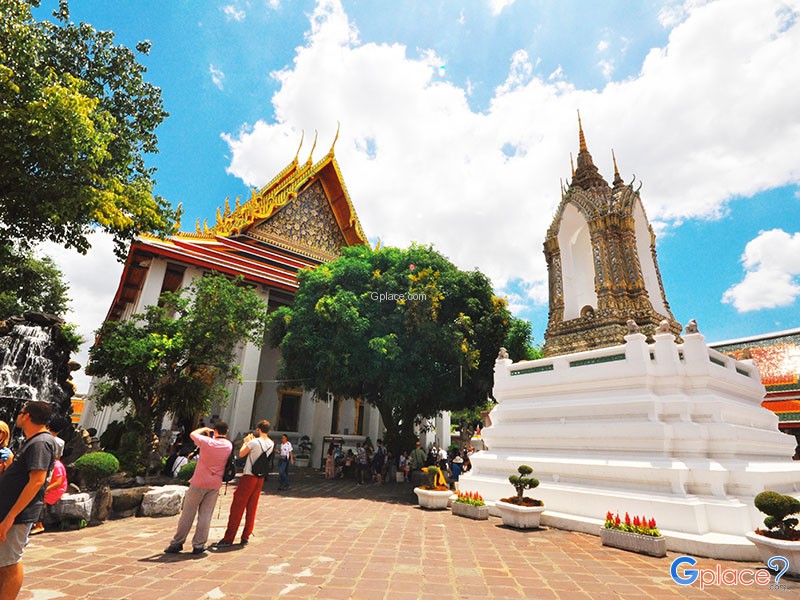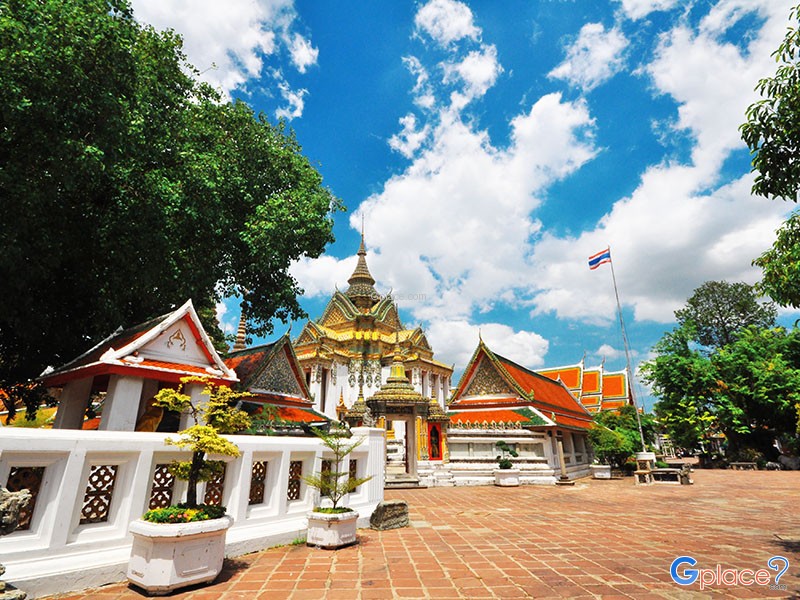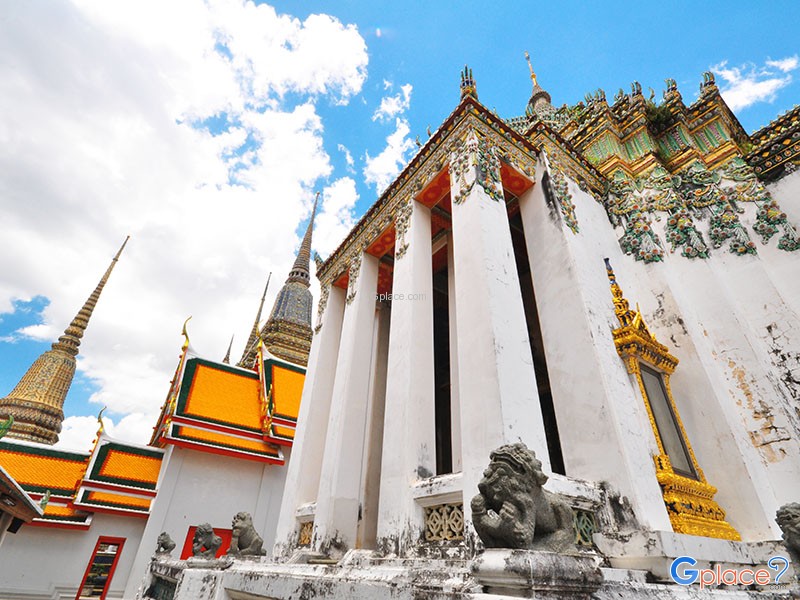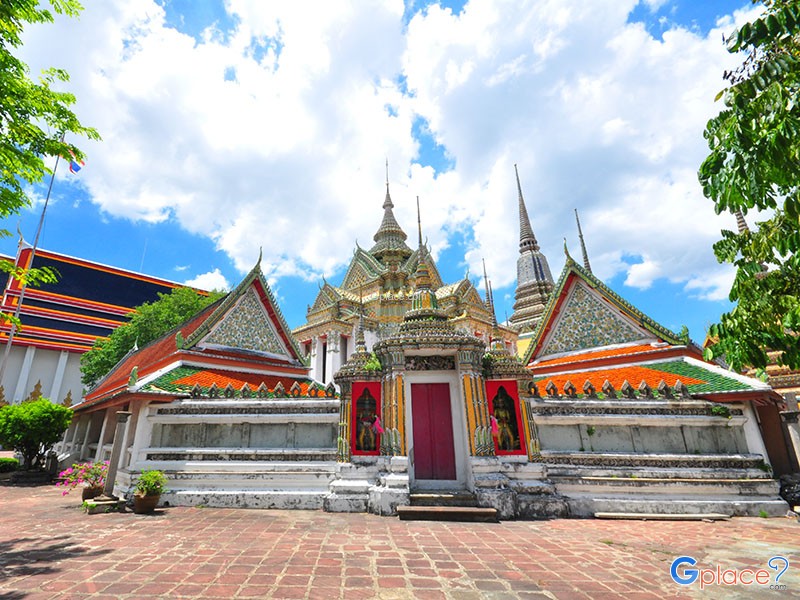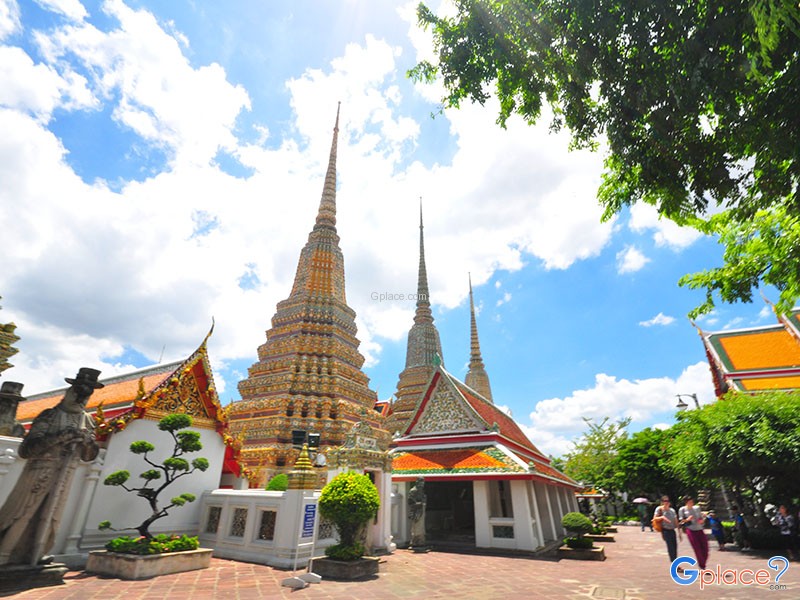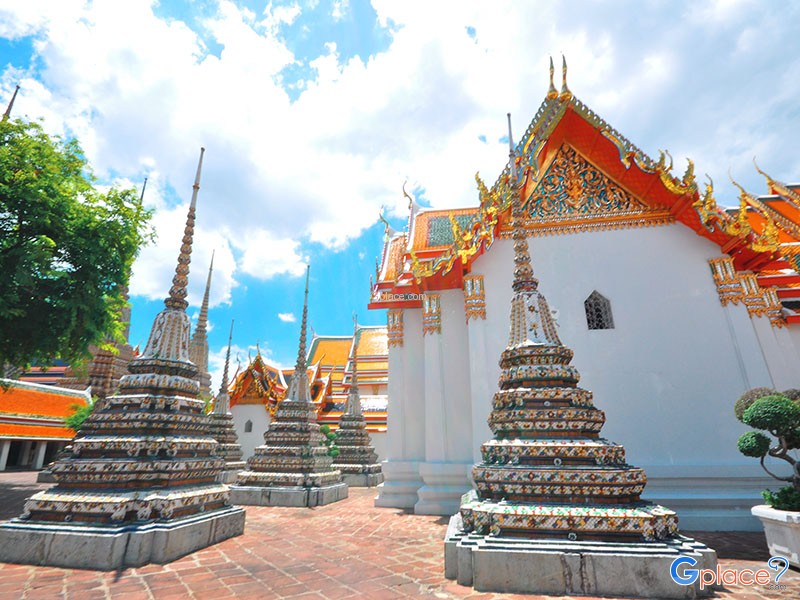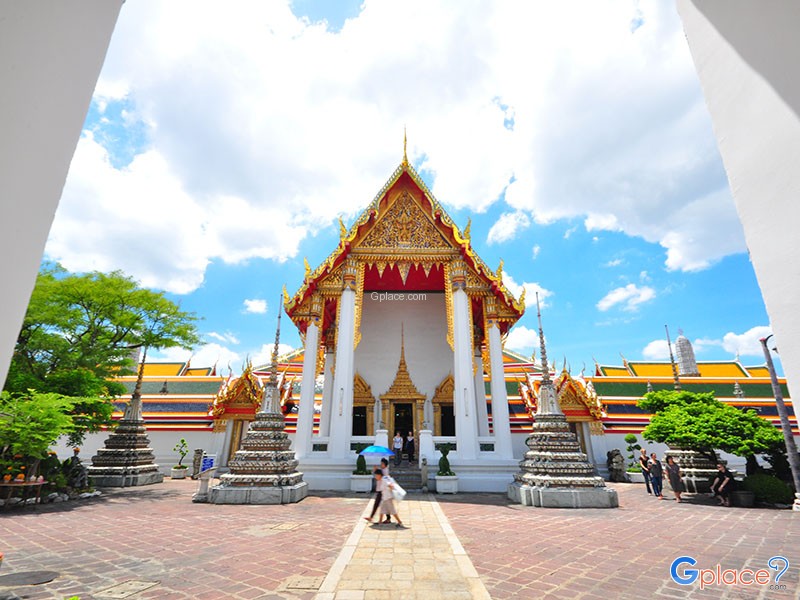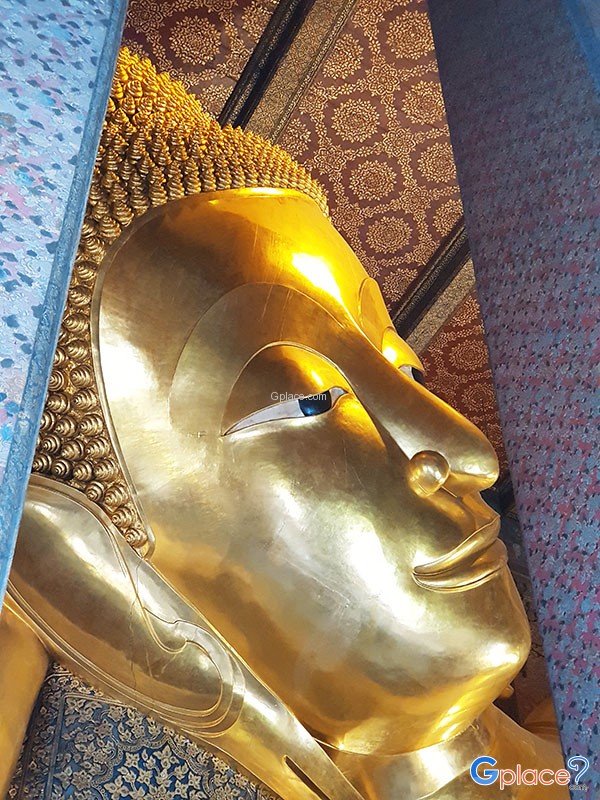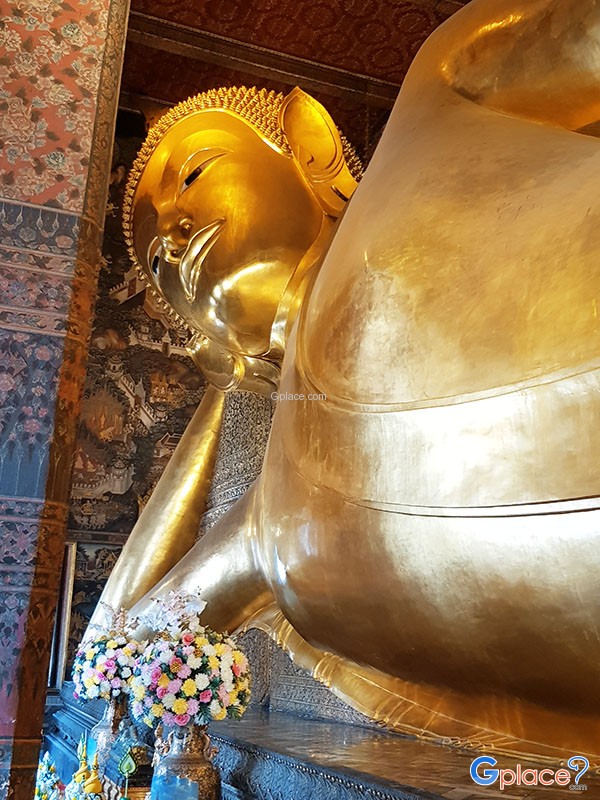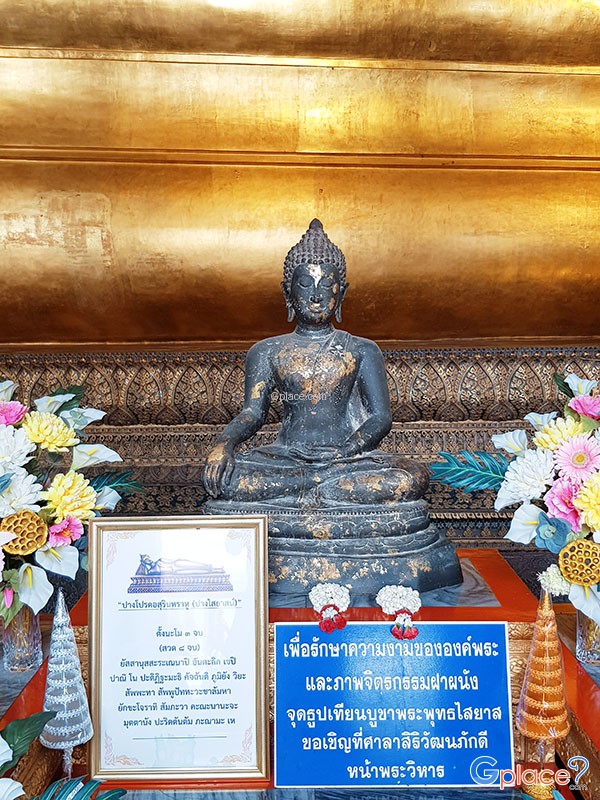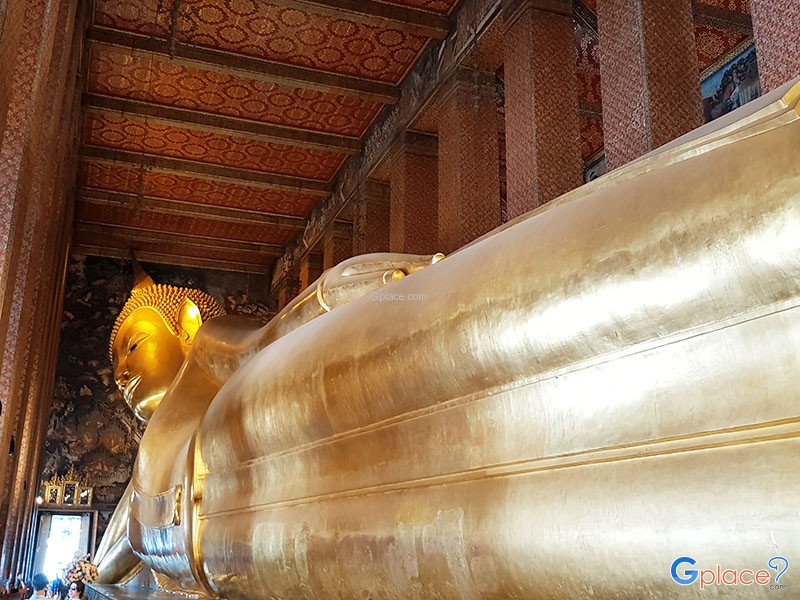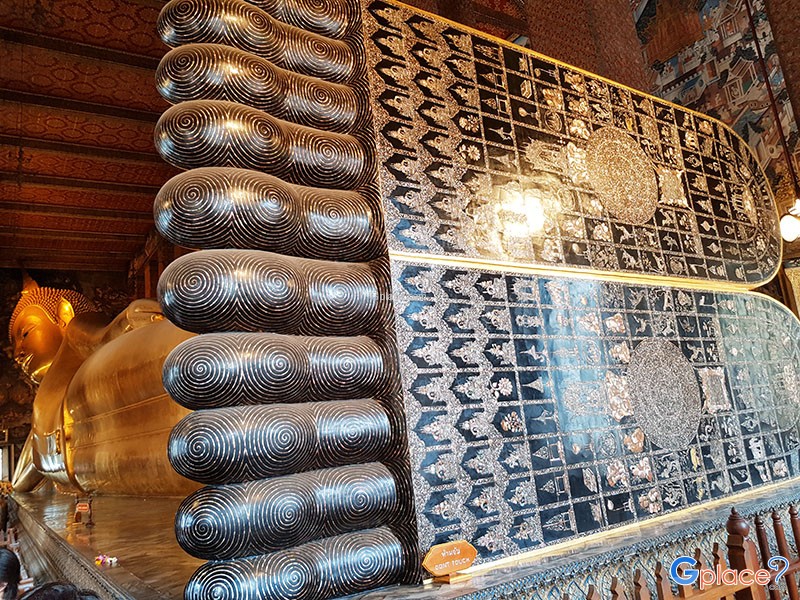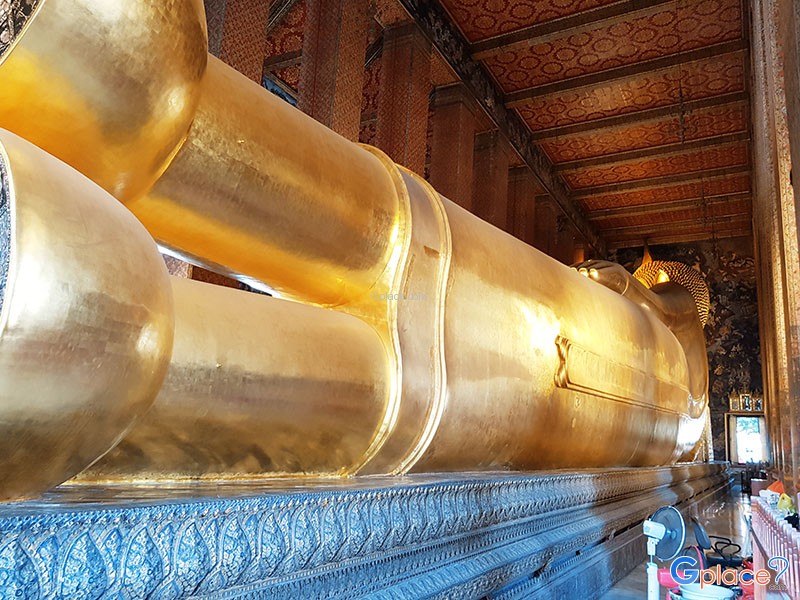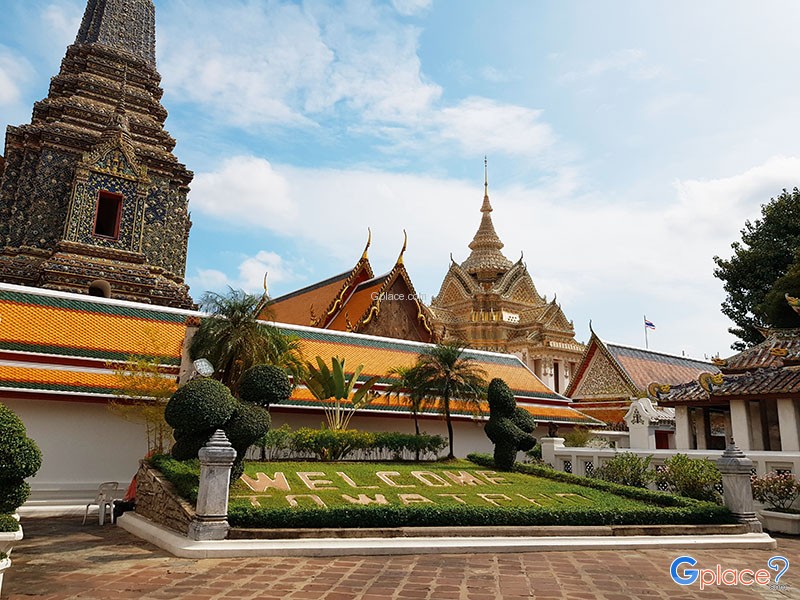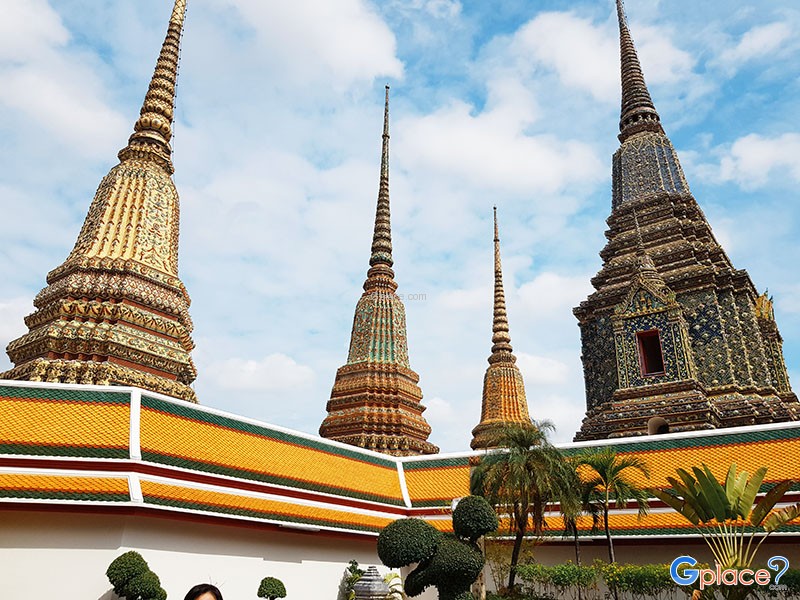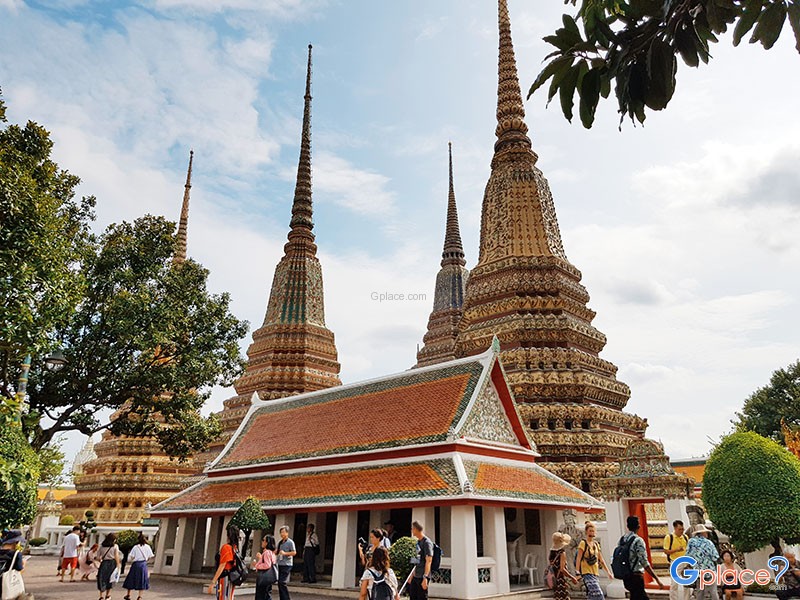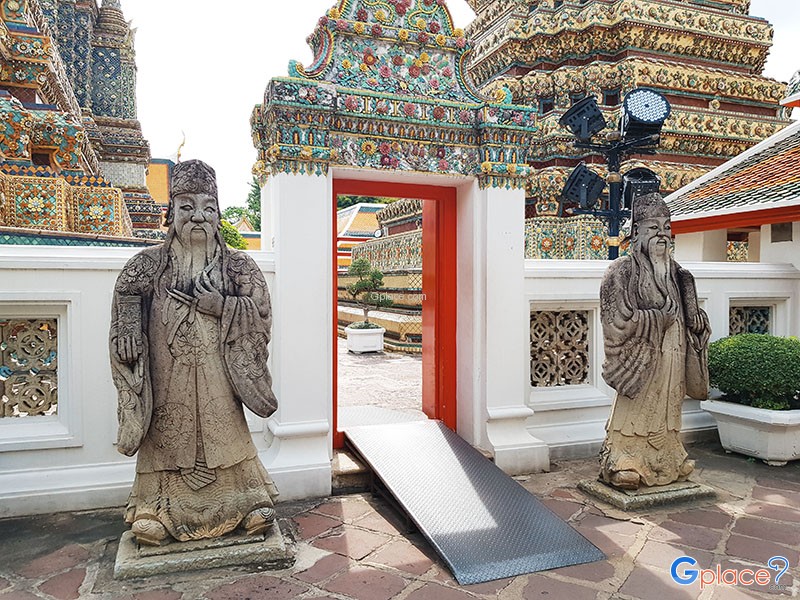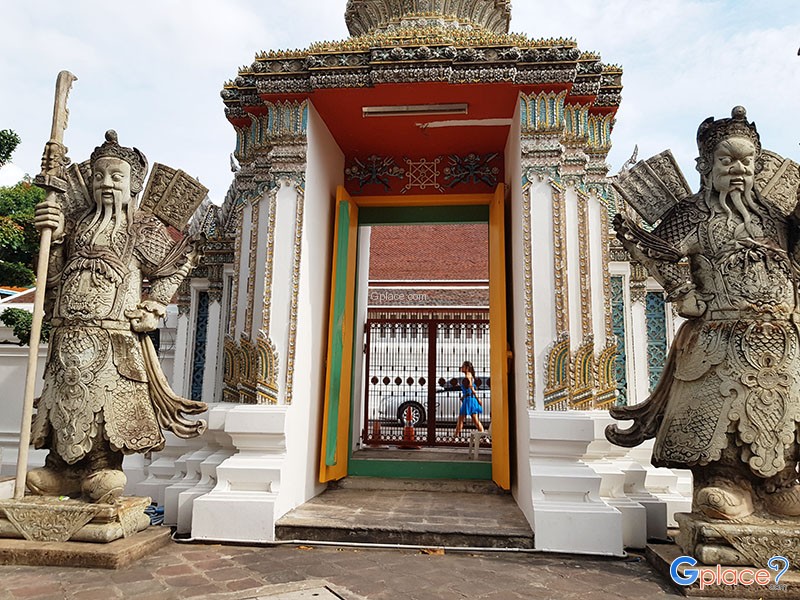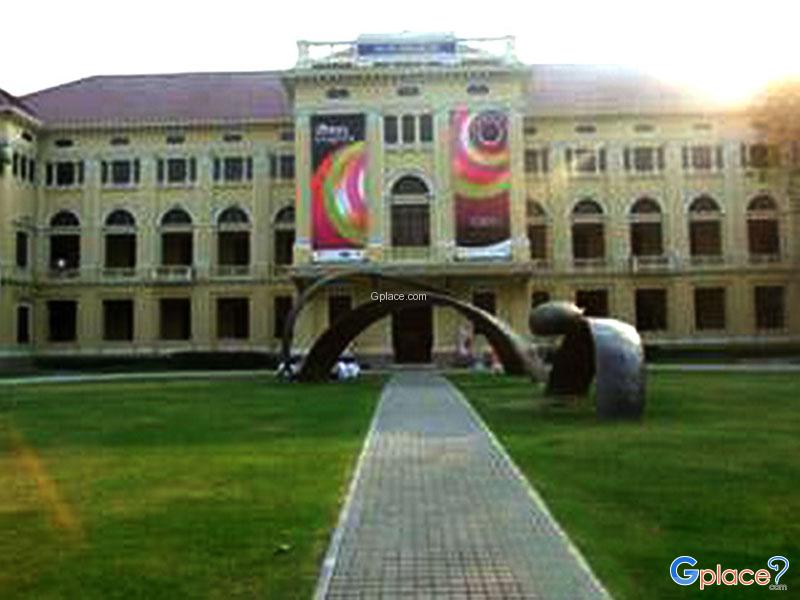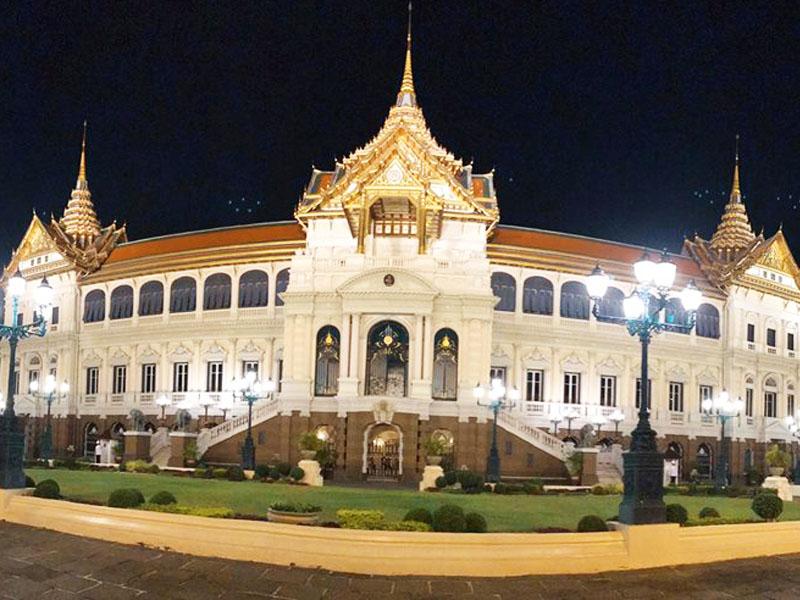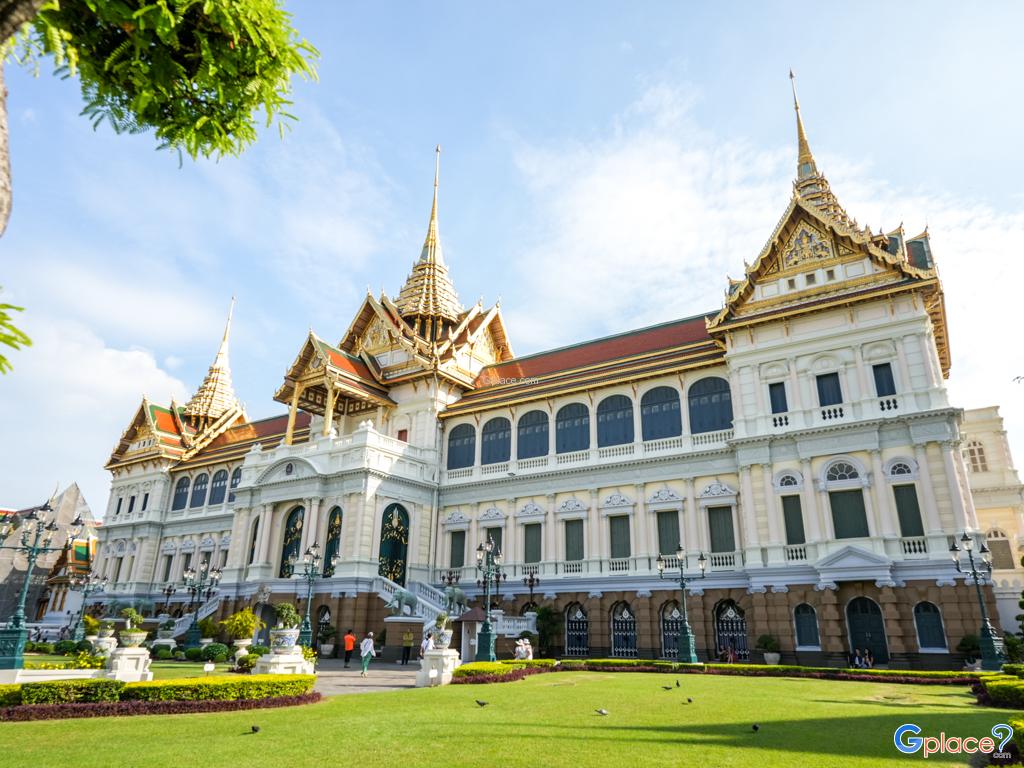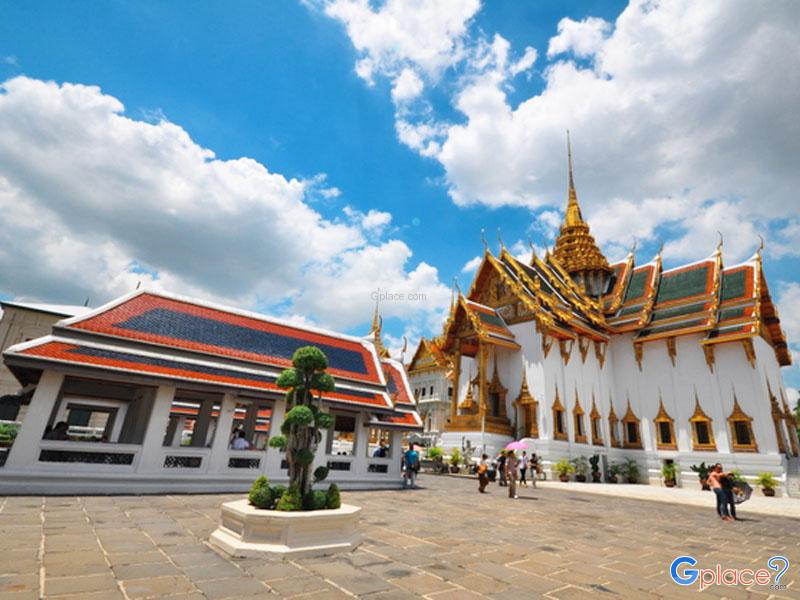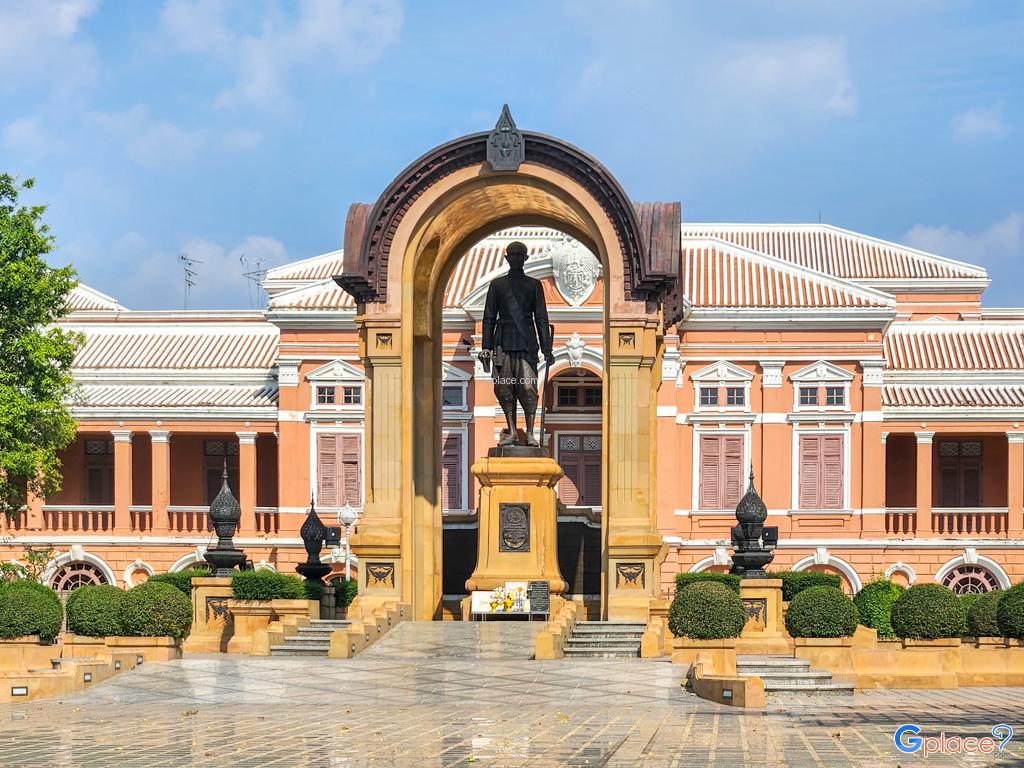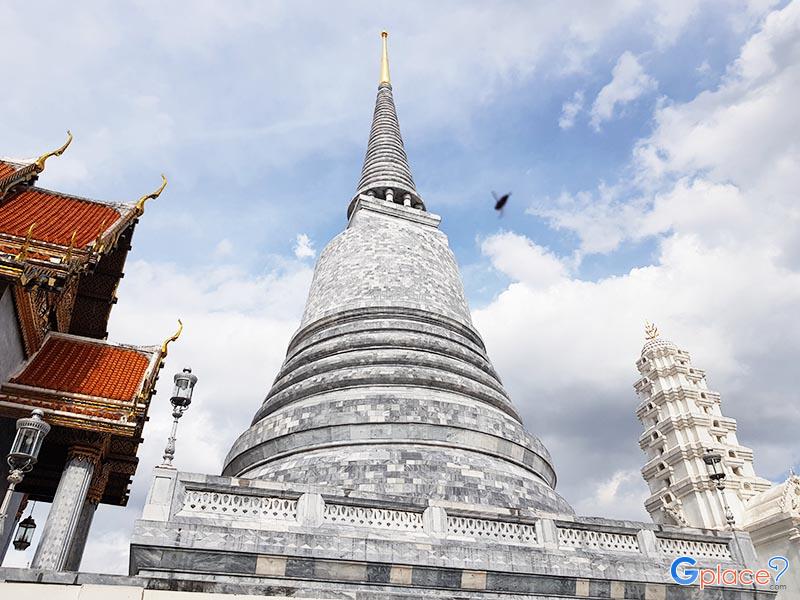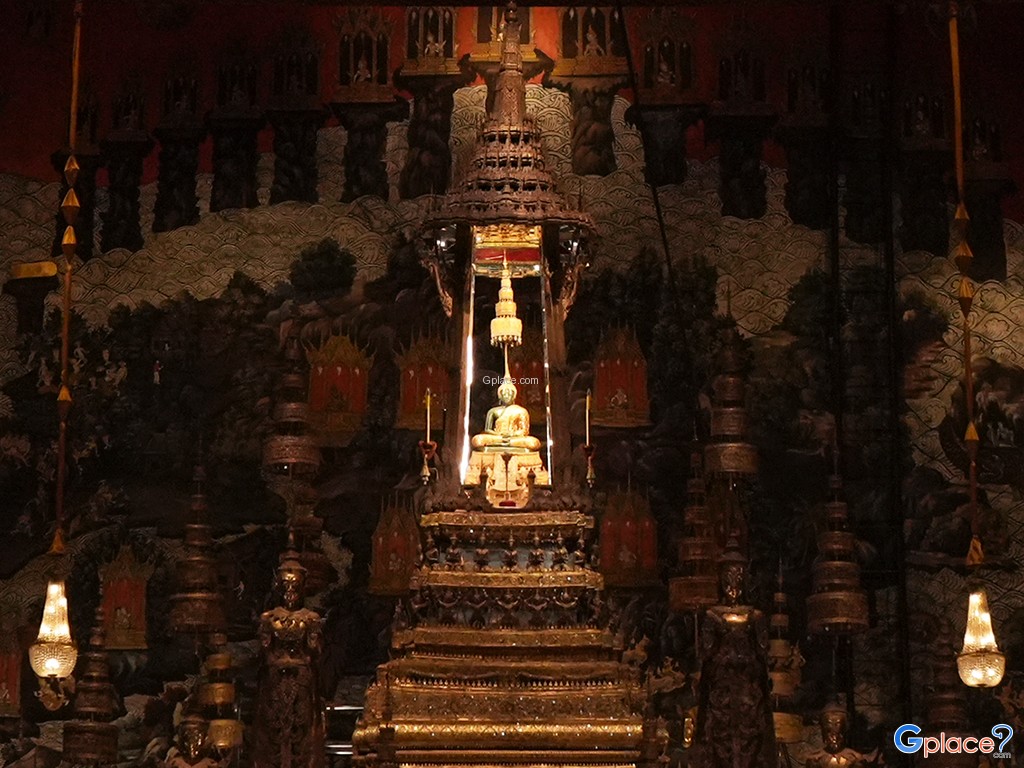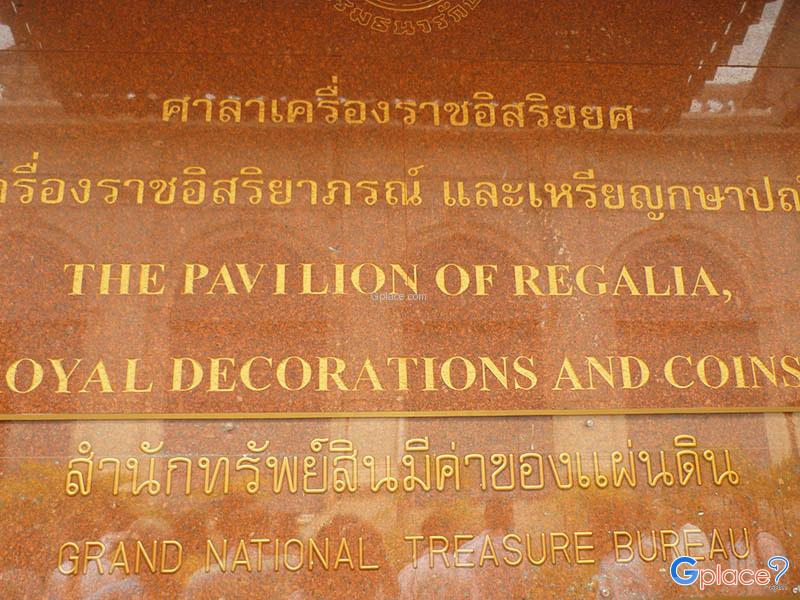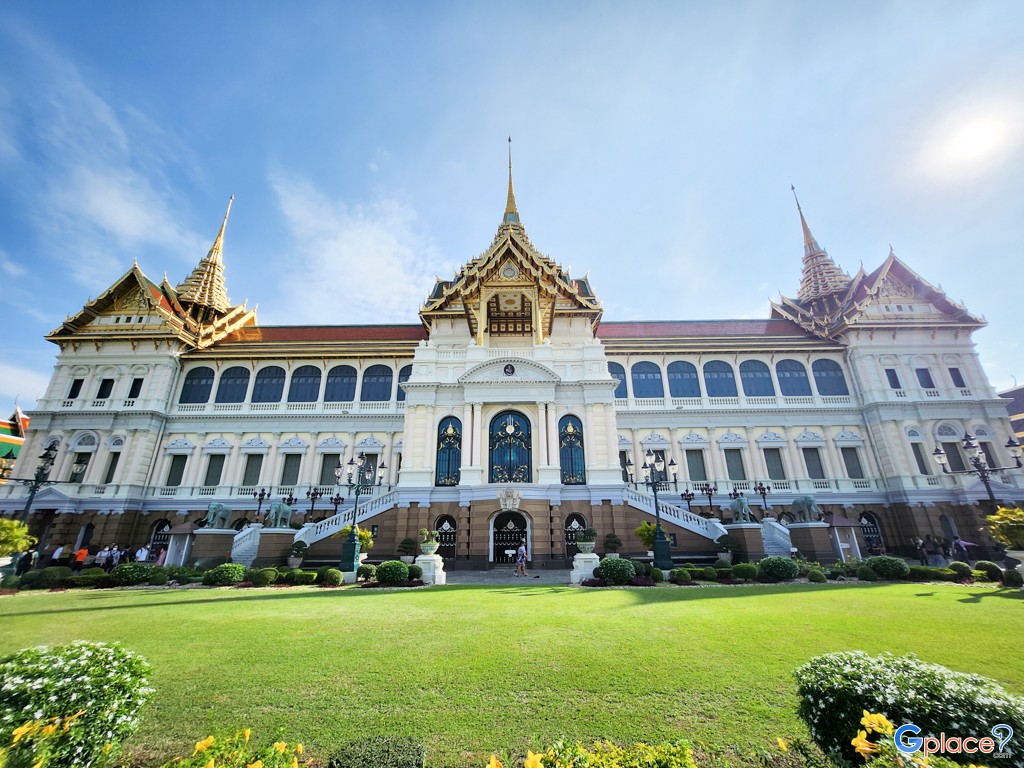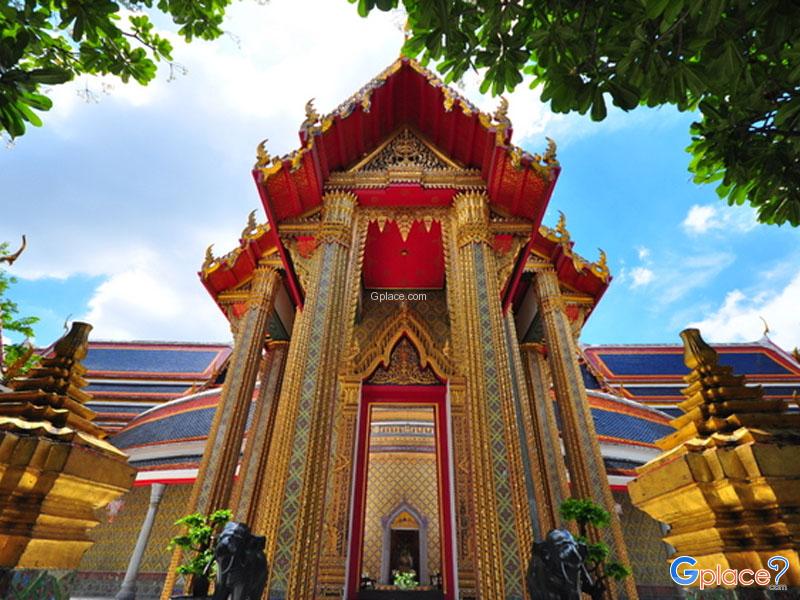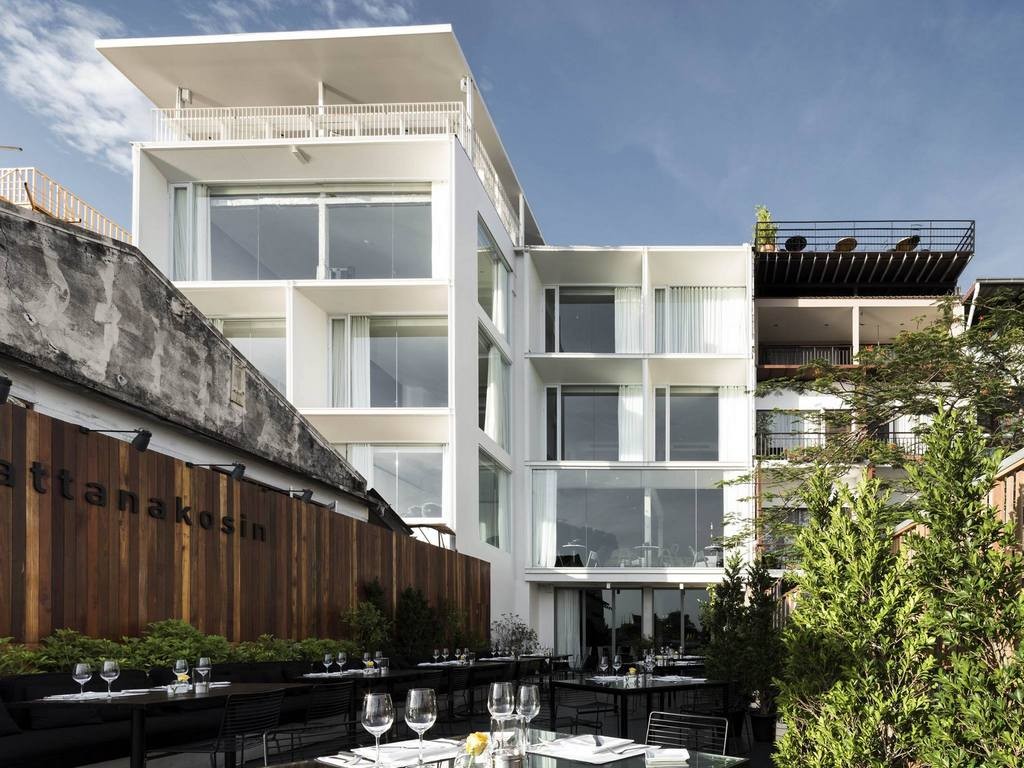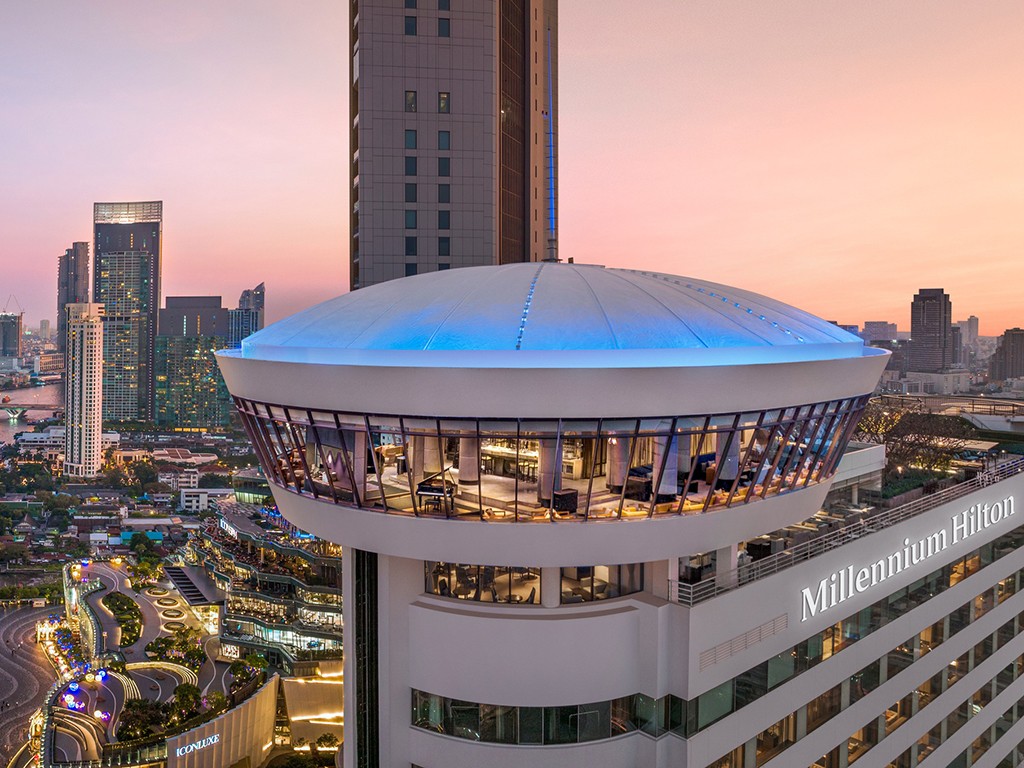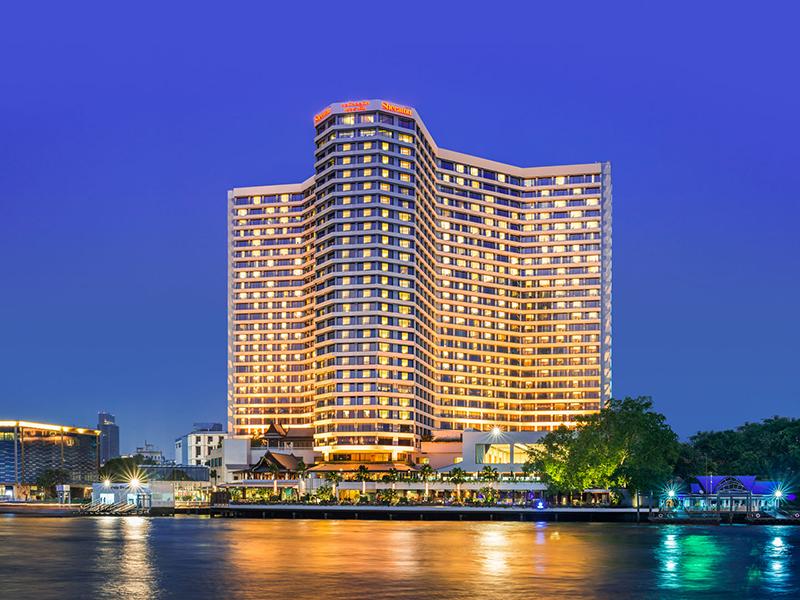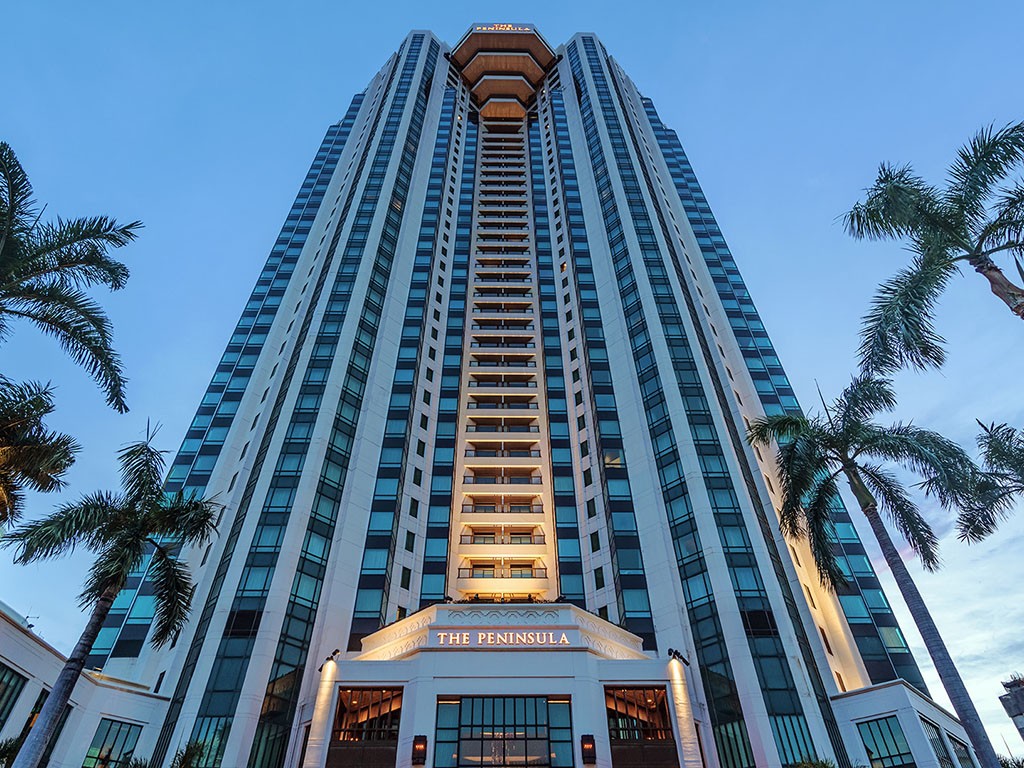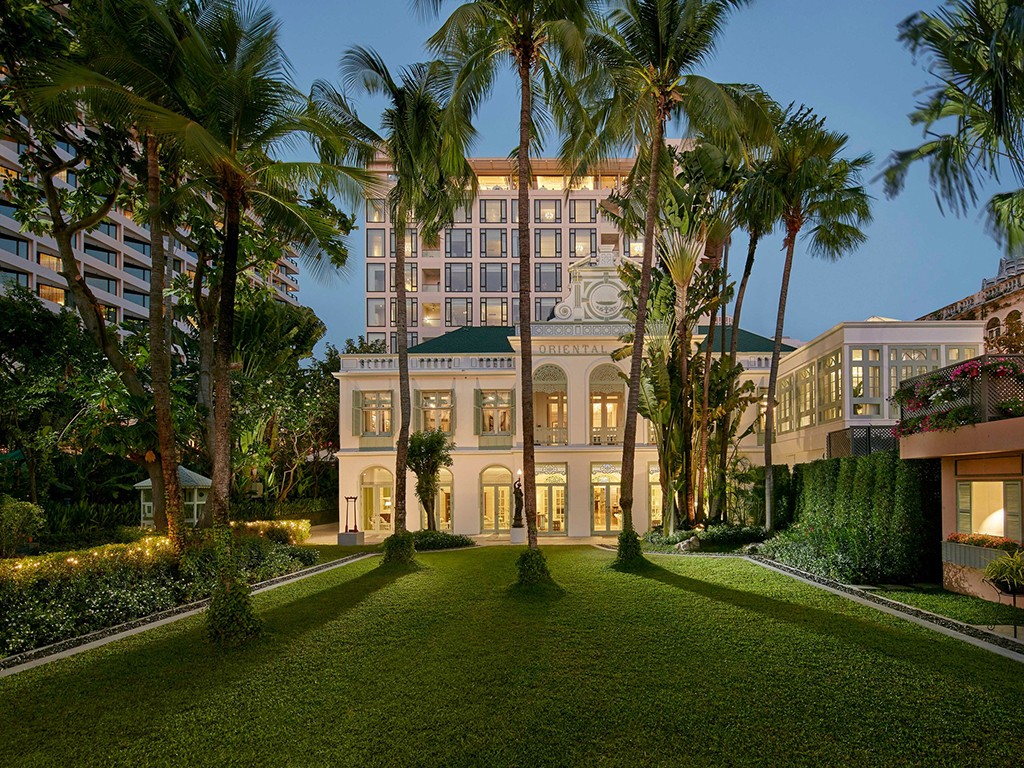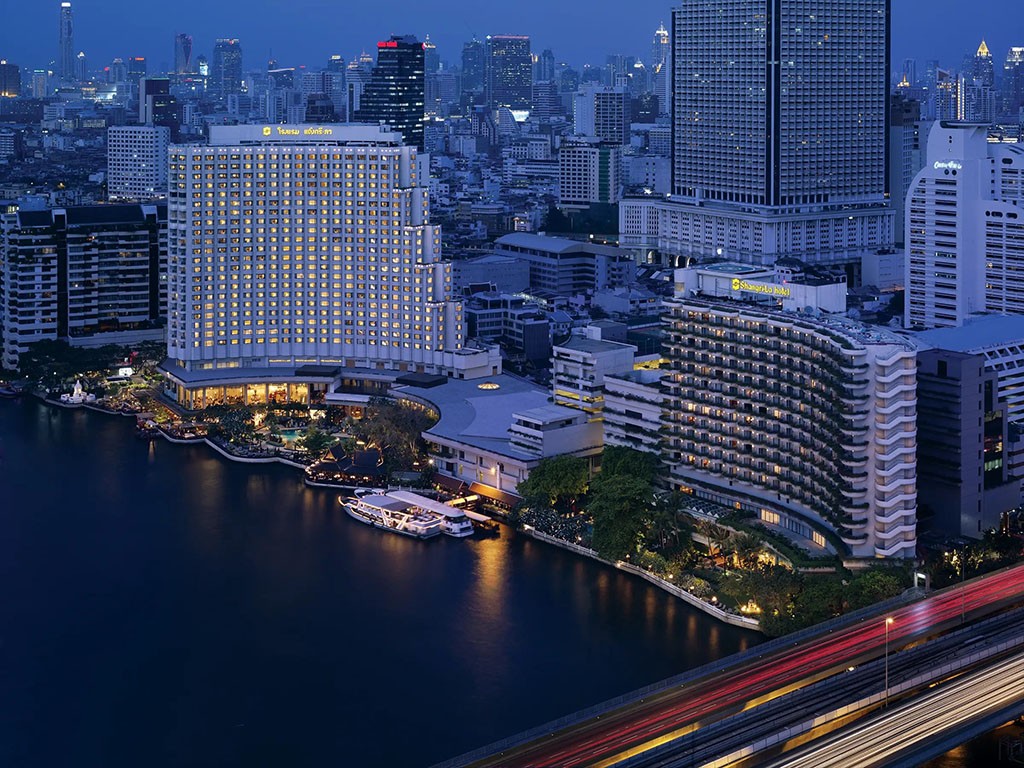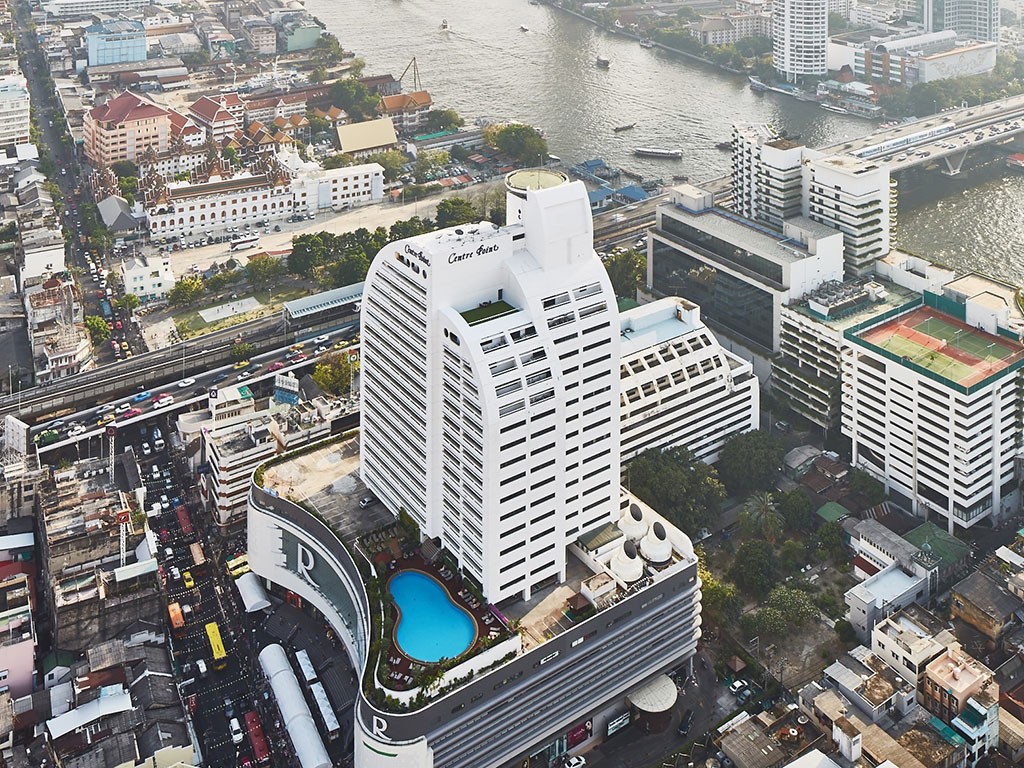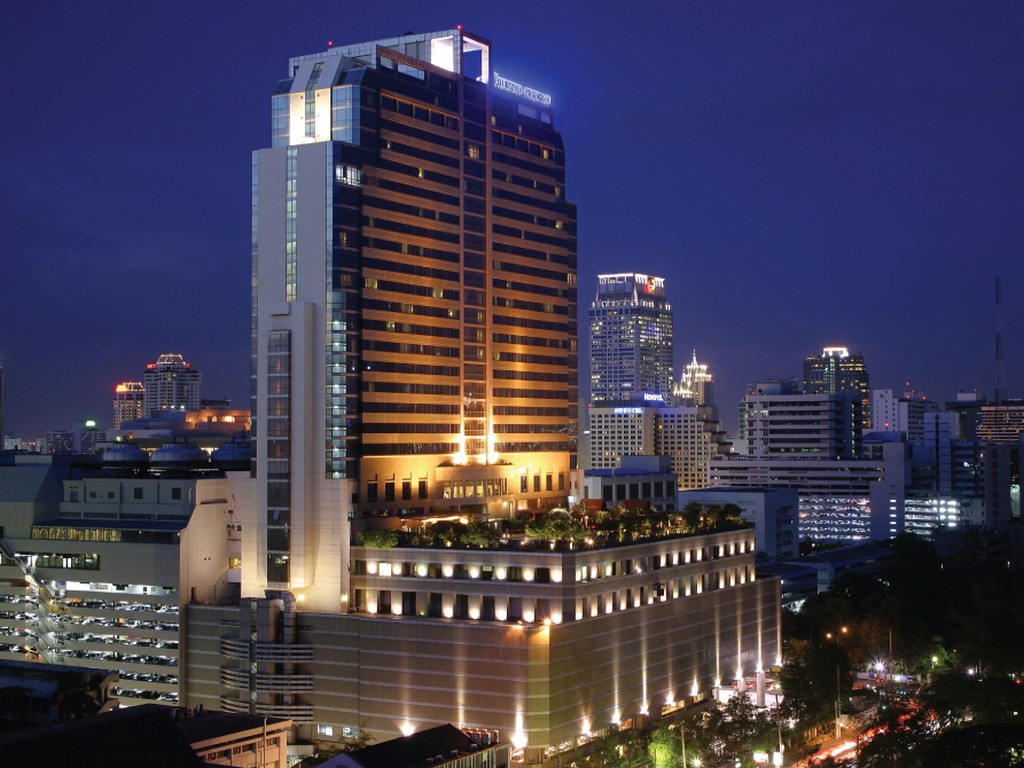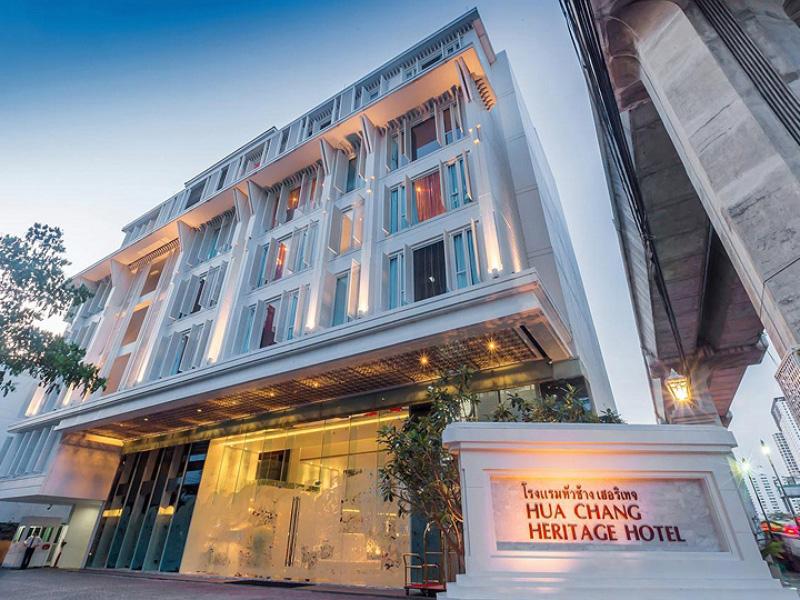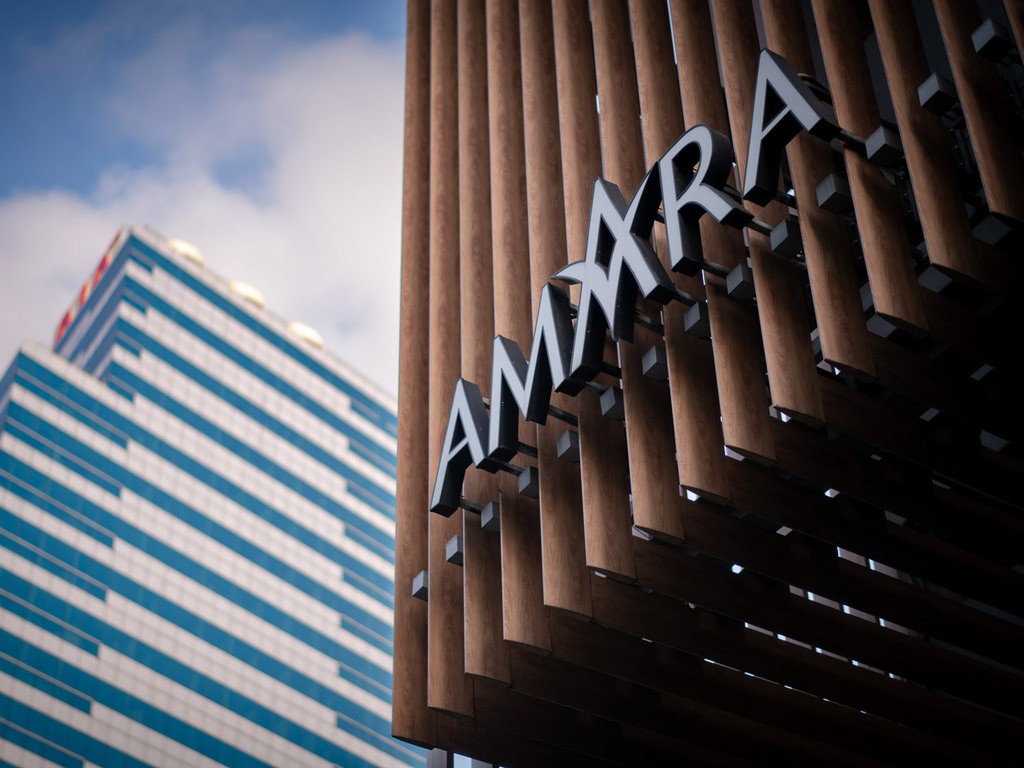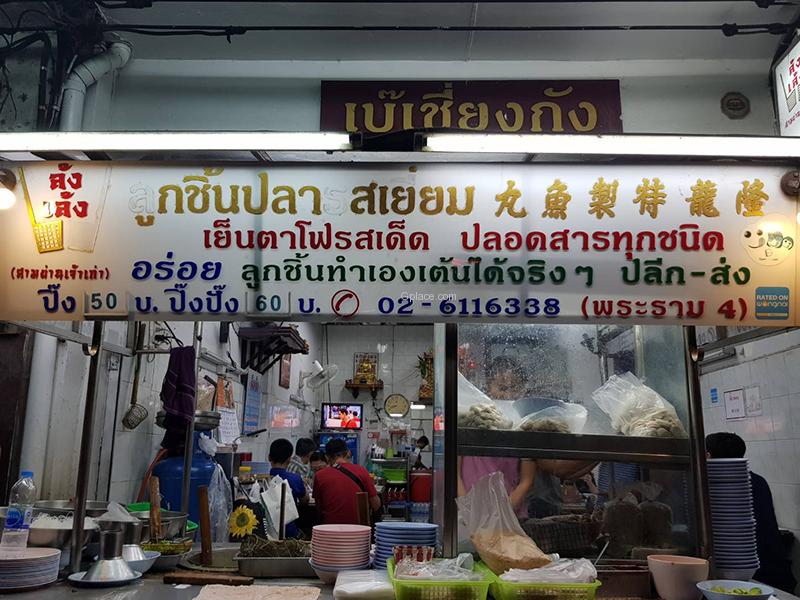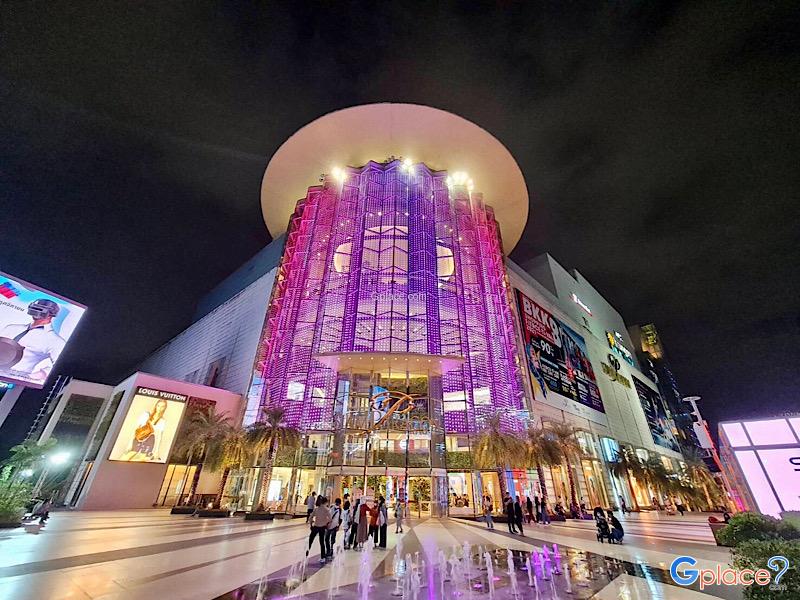“A must-visit Bangkok temple famous for its massive Reclining Buddha and as the birthplace of traditional Thai massage — a cultural treasure where spirituality and wellness meet.”
Wat Phra Chetuphon Wimonmangkalaram, commonly known as Wat Pho, is one of Bangkok’s oldest and largest temples, covering over 50 rai (80,000 square meters). Its name is derived from a monastery in India where the Buddha is believed to have lived. Before becoming a temple, the site was a center of education for traditional Thai medicine, featuring statues depicting yoga postures.
The temple’s origins date back to the restoration of an earlier temple, Wat Phodharam, starting in 1788 under King Rama I (1782–1809), who incorporated fragments from a large Buddha image destroyed during the Burmese invasion of Ayutthaya in 1767. The temple underwent extensive expansions and renovations over the next centuries, including major restorations by King Rama III (1824–1851). During his reign, plaques inscribed with ancient medical texts were installed around the temple grounds — these texts were later recognized by UNESCO’s Memory of the World Programme in 2008 for their invaluable cultural heritage.
Wat Pho is renowned worldwide for housing the spectacular Reclining Buddha (Phra Buddhasaiyas), an immense statue measuring 15 meters high and 43 meters long. The reclining Buddha’s right arm supports his head atop intricately decorated pillows covered with glass mosaics, while the soles of his feet, measuring 4.5 by 3 meters, are inlaid with mother-of-pearl panels illustrating 108 auspicious symbols such as flowers, dancers, white elephants, and tigers. Above the statue hangs a seven-tiered umbrella symbolizing royal authority. The corridor beside the statue holds 108 bronze bowls where visitors drop coins to bring good fortune and support temple maintenance.
The temple complex consists of two large walled compounds divided by Soi Chetuphon. The northern compound houses the reclining Buddha and the famous traditional Thai massage school, while the southern compound, Tukgawee, serves as a working monastery with resident monks and a school. The grounds also contain 91 chedis (stupas), including four large ones dedicated to the first four Chakri kings, and 71 smaller ones containing royal ashes. Sixteen gates, guarded by stone-carved Chinese giants originally imported as ballast on trading ships, surround the complex.
Architecturally, Wat Pho is a masterpiece showcasing diverse styles and rich artistry. The outer cloisters feature 400 Buddha images (from the 1,200 originally commissioned by King Rama V), each mounted on gilded pedestals with varied postures and designs. The temple’s exterior balustrades depict scenes from the Thai national epic, Ramakien, symbolizing the journey from the earthly to the spiritual realm. The main temple sits elevated on a marble platform adorned with mythological lions at its gateways.
Adjacent to the Reclining Buddha is a small raised garden featuring a sacred bodhi tree propagated from the original tree in India under which the Buddha attained enlightenment. This serene spot adds to the temple’s spiritual ambiance.
Wat Pho is considered Thailand’s first “university,” offering a rich repository of Thai wisdom in arts, religion, literature, and medicine. It is also internationally famous as the birthplace of traditional Thai massage, with a massage school that continues to train practitioners worldwide. Visitors can enjoy authentic Thai massage treatments within the temple grounds, making Wat Pho a unique cultural and spiritual destination.
How to Get There
-
By Car: Accessible from Ratchadamnoen or Charoen Krung Roads. Parking is limited.
-
By Bus: Take bus numbers 1, 3, 6, 12, 25, 44, 47, or 53 and get off at Sanam Chai.
-
By MRT: Take the Blue Line and exit at Sanam Chai Station. Exit 1 is just steps from the temple gate.
-
By Express Boat: Disembark at Tha Tian Pier and walk about 10 minutes to the temple.
Travel Tips
-
Dress modestly with shoulders and knees covered as a sign of respect.
-
Remove shoes before entering temple buildings.
-
Visit early morning or late afternoon to avoid crowds and enjoy peaceful surroundings.
-
Consider booking a traditional Thai massage at the temple’s massage school for a unique cultural experience.
-
Guided tours and informational brochures are available to enrich your visit.
Admission Fee:
- Foreign visitors must purchase a ticket at 300 Baht per person.
All reviews
(List 8 review)รีวิวเมื่อ 18 มิ.ย. 55
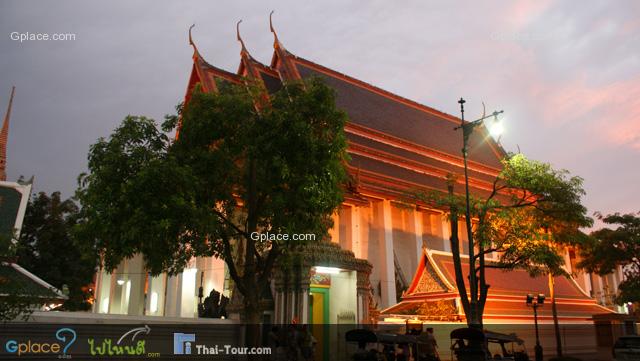
รีวิวเมื่อ 18 มิ.ย. 55
Fee: 150 Baht/hours
Herbal Massage: 250 Baht/hours
Foot Massage: 250 Baht/hours
รีวิวเมื่อ 18 มิ.ย. 55
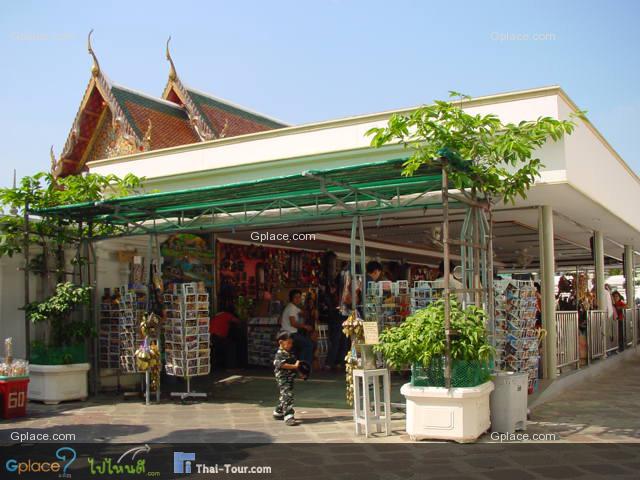
รีวิวเมื่อ 18 มิ.ย. 55
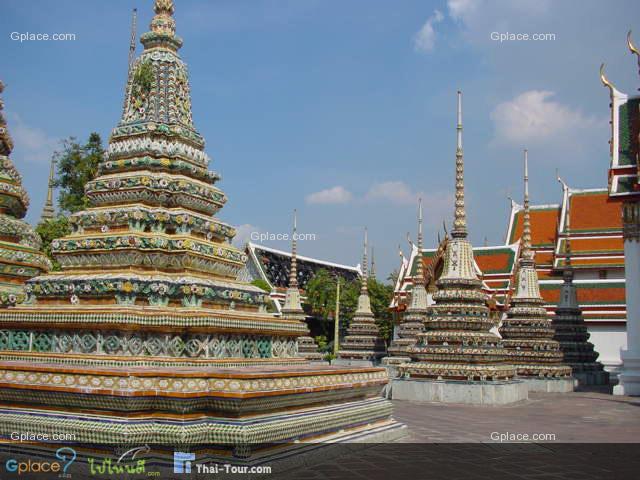
รีวิวเมื่อ 18 มิ.ย. 55
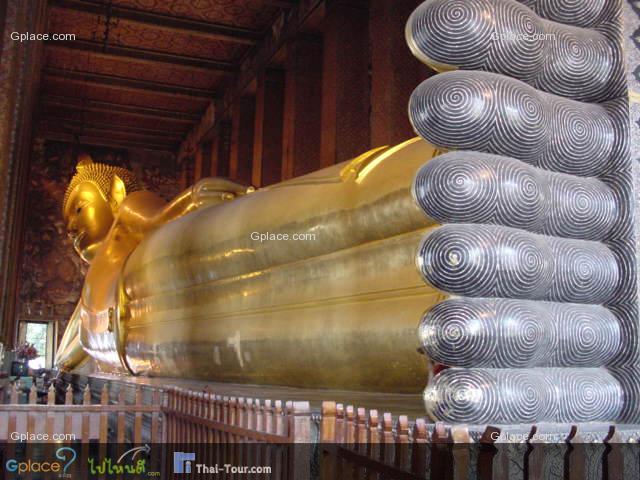
รีวิวเมื่อ 18 มิ.ย. 55
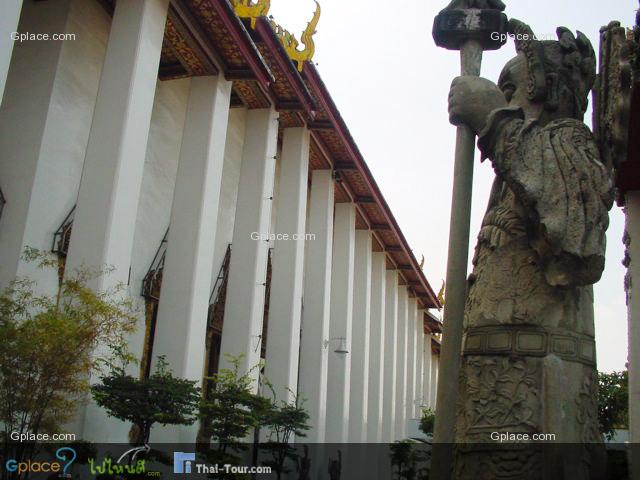
รีวิวเมื่อ 18 มิ.ย. 55
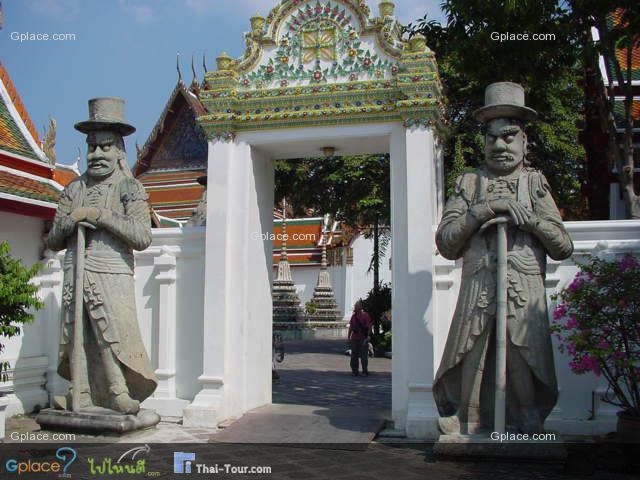
รีวิวเมื่อ 18 มิ.ย. 55
The temple is considered the first public university of Thailand, teaching students in the fields of religion, science and literature through murals and sculptures. In 1962 a school for traditional medicine and massage was established. The temple is home to one of the earliest Thai massage schools. Traditional Thai massage and medicine is taught at the Traditional Medical Practitioners Association Center, an open air hall outside the temple. For Thai massage therapists, the medical inscription inside the temple acts as a base for treatment. There are 60 plaques inscribed, 30 each for the front and back of human body. Therapeutic points and energy pathways known as sen were engraved and the explanations were carved on the walls next to the plaques. Full research on the diagrams is still not completed - the derivation so far is that the figures represent relationships between anatomical locations and effects produced by treatment at those locations.

















